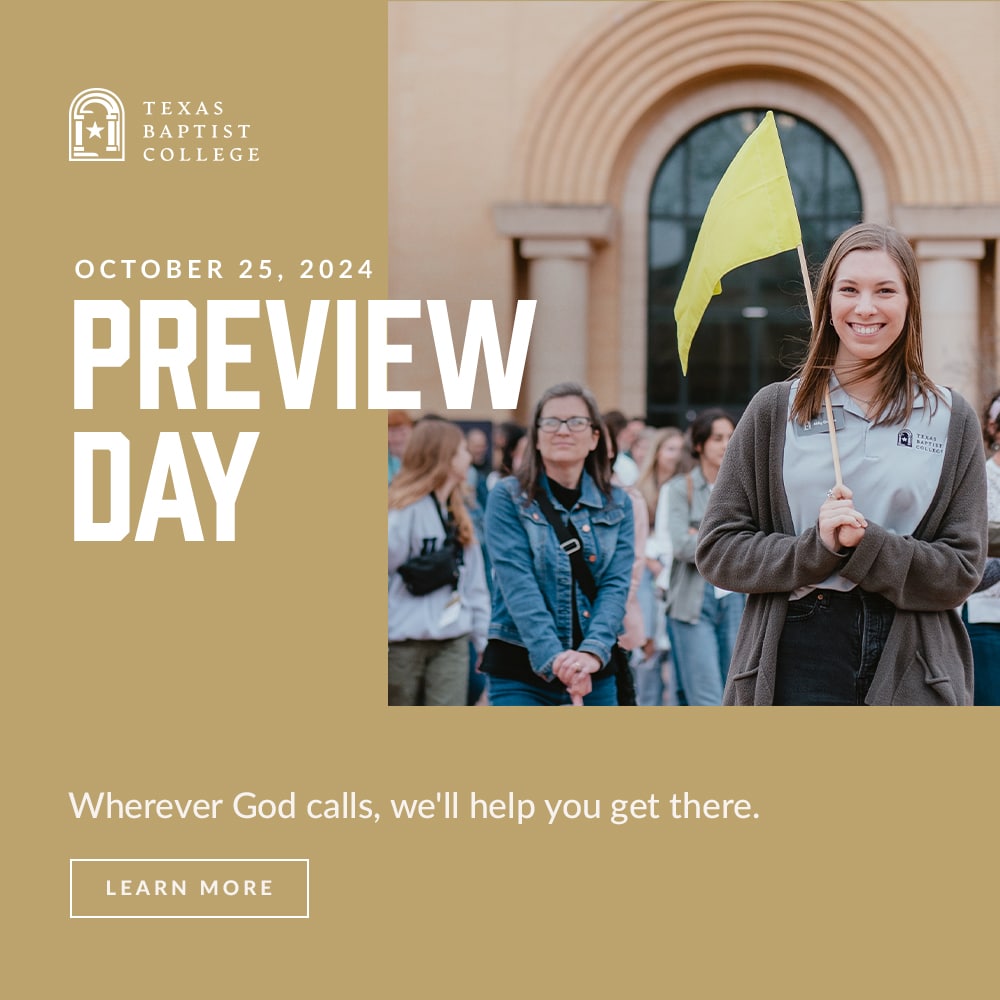Using Heresy to Teach Reason

As a first-year teacher, I was surprised when I first scanned the theology textbook I would be teaching to freshmen in the coming weeks. A good portion of the text was devoted to studying heresies, something I was largely unfamiliar with. At the time I thought teaching students the true doctrine of Christianity should (obviously) precede teaching them false ideologies. I had a growing concern that the entertaining and outlandish stories surrounding these heresies might capture their attention better than my lessons on true Church teaching, or even worse tempt them away from the truth altogether. In a surprising turn of events, our study of heresy strengthened their faith and my own. Because these heresies can be countered by reason, these stories of how the early Christians combatted them sends the clear message to students that our faith is reasonable, despite what the secular world might say.
In my class, we studied formal heresies that each meet these four necessary components:
- The person must be a baptized Christian
- The person must still profess to be a Christian
- The person must actively doubt/deny an element of the faith revealed through scripture and/or tradition
- The person must fully understand that they are professing a belief that is not in line with Church teaching
Using these criteria, it becomes clear that a life-long pagan is a pagan but not a heretic—even though they profess something that lies outside of Christian belief. Similarly, someone who professes a false belief but is unaware their belief is against Christian doctrine is also not a formal heretic. Much like sin, full knowledge and full intent are requisites for heresy. (This is good for students to know, so they can avoid becoming heretics themselves.)
In the early fourth century, Arius claimed that Christ is subordinate to the Father, and the Docetists contended that Christ’s body was only spiritual and not physical. To a ninth grader, the exact workings of Christ’s dual natures can seem like splitting hairs, especially in a culture that encourages a relativistic “you do you” mentality. Why is this one detail so critical to our faith? I asked them how these beliefs would change the meaning of the crucifixion and allowed them to wrestle with it. Eventually, we all agreed that Christ must be fully God and fully man in order for the crucifixion to atone for our sins. Because it is man who fell, the sacrifice must be man. Because man fell from a state of perfect union with God, the sacrifice must be perfect to restore the state of perfection. Therefore, the only possible solution is Christ, who is both fully perfect and fully man. The crucifixion only makes sense if Jesus is exactly who He says He is. Otherwise, it is insufficient or a mere illusion.
Similarly, Pelagianism seems on the surface to be something easily waved away by a “you do you.” However, it actually alters Christian belief by eliminating the need to be reliant on God. Pelagius did not believe in original sin, and he preached that free will was enough to achieve perfection. Ever since Eve sought the apple of knowledge of good and evil in the garden of Eden, humans have tried to be self-sufficient, so naturally, this heresy has great appeal to ninth graders who crave complete independence. A life where our will is enough to save us sounds easier because it does not require us to surrender or trust. Complete control also entails complete responsibility. Even my students were willing to admit that having a perfect God to lean on brings them comfort and relief. Despite its enticing premise, Pelagianism also negates the full meaning of the crucifixion. If we do not need to be redeemed, why would Jesus come to earth in the first place? The logic simply does not check out.
Our critical examination of these heresies was validating because we were able to dispel them with reason the same way the early saints did. Teaching heresies first put my students in the positions of St. Jerome, St. Augustine of Hippo, and St.Ignatius of Antioch who used reason to speak out against heresy and advocate for the truth. Their valiant fight for the truth was conducted mostly through their writings—their appeal to people’s reason. In my classroom, studying the distortion of Christian teaching to suit personal preference allowed my students to evaluate the necessity of each challenged belief and practice writing logical arguments like so many saints before them.
As it turns out, the early Christians’ main line of defense against heresy is not violent or rash, it has always been reason. At the council of Nicaea, the bishops sought to counter several trinitarian heresies, including the ones I’ve mentioned here. In response to the confusion about the nature of the trinity, they began writing the Nicene Creed that clearly states exactly what we believe about the nature of the Father, Son, and Holy Spirit. Then, the bishops could take the same creed home to their dioceses and advocate for the truth with a persistent, humble, dignity. Writing and reason were effective– otherwise we would still see Arianist churches.
Matthew speaks about how we ought to treat those who sin against us, but it is equally applicable for those who profess false doctrine:
“If your brother sins [against you], go and tell him his fault between you and him alone. If he listens to you, you have won over your brother. If he does not listen, take one or two others along with you, so that ‘every fact may be established on the testimony of two or three witnesses. If he refuses to listen to them, tell the church. If he refuses to listen even to the church, then treat him as you would a Gentile or a tax collector” (emphasis added Mt. 18:15-17).
Matthew urges us to address the individual and appeal to his reason. We ought to lay out the specific offense, offer evidence from witnesses, and then if he still refuses to listen, alert the Church. For students who encounter more difficulties than we think, this is wildly comforting because it shows that there is a way that they can promote the truth like the saints before them.
The world of science often claims reason, but it is critical to remind students that it is not in opposition to the world of faith– actually, the two work in tandem. For those who might be skeptical about how critical thinking might be taught in a theology class, I encourage you to examine the faith instead of advertising it. “Christianity is the surest path to happiness!” might be the truth, but allowing students to marvel at the truth through the means of their own discovery absolutely cannot be beat. It is important that they know their creed can stand the test of reason.
While teaching these heresies, my job became less like a salesman enticing my students to “buy in” and more like Virgil guiding Dante. Giving them the opportunity to engage their own faculty of reason and discover for themselves the logic of our faith proved to be beautiful and meaningful for all of us. After walking them through the murky depths of heretical beliefs, they were able to more clearly recognize the light of truth and grow in their desire to protect it. Be not afraid. Go teach your kids about heresies.
Katie Lastowiecka
Katie Łastowiecka is a classical education advocate, presenter, and instructor specializing in upper level literature and drama. Currently, she is a freelance writer and instructor with Kepler Education. She holds a masters in education and a bachelors in English.











1 thought on “Using Heresy to Teach Reason”
What an awesome article. Such an intelligent argument